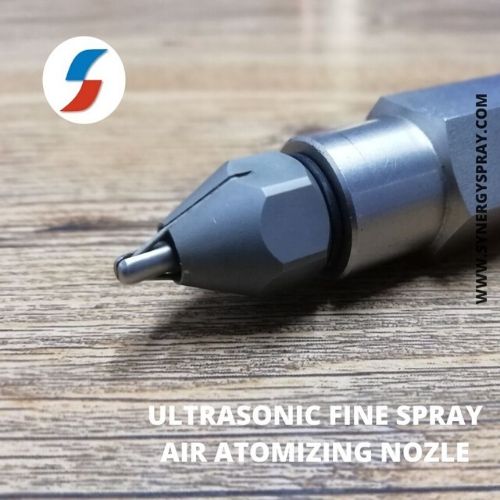- HOME
- SPRAY NOZZLE
- CLIENT
- OUR SOLUTIONS
- MISTING SYSTEM
- DUST SUPPRESSION SYSTEM
- WIND FENCE FOR DUST CONTROL
- FOG / MIST CANNONS
- DRY FOG DUST SUPPRESSION SYSTEM
- DUST SUPPRESSION SYSTEM FOR MINES
- DUST SUPPRESSION SYSTEM FOR CRUSHER PLANTS
- DUST SUPPRESSION SYSTEM FOR COAL HANDLING PLANTS
- MINES HAUL DUST SUPPRESSION SYSTEM
- WATER SPRINKLER SYSTEM FOR COAL YARD
- PLAIN WATER DUST SUPPRESSION SYSTEM
- FOG DUST CONTROL SYSTEM
- WAGON TIPPLER DUST DUST SUPPRESSION SYSTEM
- DUST SUPPERSSION SYSTEM FOR HOPPER
- WHEEL WASHING SYSTEM
- WASTE WATER MIST EVAPORATER
- DUST SUPPRESSION FOG CANNON TRUCK
- SOLAR PANEL CLEANING SPRINKLER SYSTEM
- WIND FENCE FOR DUST CONTROL
- AUTOMATIC SPRAY SYSTEM
- INDUSTRIES
- APPLICATIONS
- DUST SUPPRESSION SYSTEM
- FIRE PROTECTION
- FLUID MIXING AND AGITATION
- FOAM CONTROL
- FOOD PROCESSING
- GAS COOLING NOZZLES
- GAS SCRUBBING
- HUMIDIFICATION NOZZLE
- INJECTION
- LUBRICATION
- MOISTENING
- ODOUR CONTROL
- PRETREATMENT
- SPRAY COATING
- SPRAY COOLING SYSTEMS
- SPRAY DRYING
- SPRAY NOZZLES FOR CLEANING
- STORM TANK CLEANING
- TANK CLEANING NOZZLE
- IMPORTANCE OF MIXING TANKS IN PROCESS INDUSTRIES
- SERVICES
- CONTACT US



